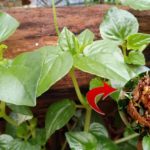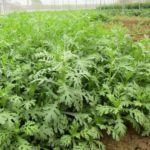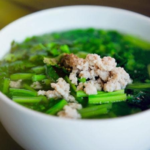7 Types of Vegetables That Fight Against Cancer Cells
The type of vegetable mentioned here is watercress. Watercress is a type of vegetable that is widely used in dishes in some Asian countries such as Japan, Korea, China, Vietnam… Watercress has the effect of warming the body, dispelling cold, promoting blood circulation, good for digestion, and enhancing immunity.
Watercress can be prepared into various dishes such as scrambled eggs with watercress, stir-fried eggs with watercress, stir-fried meat with watercress…
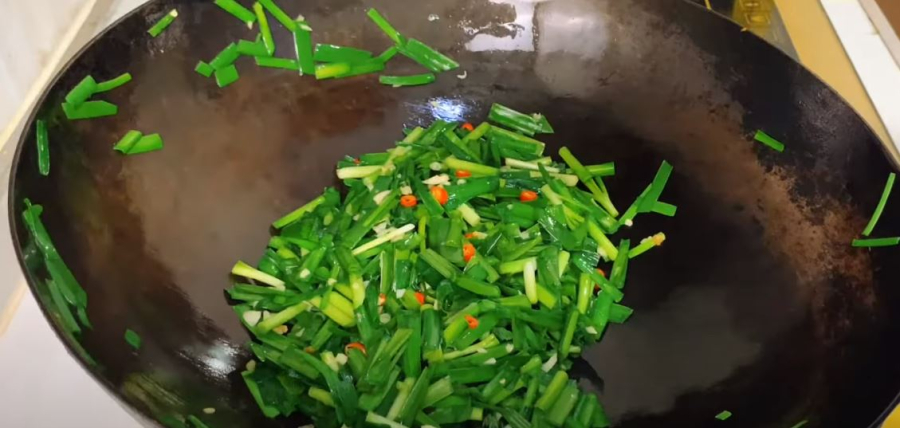
In Vietnam, watercress is sold in many markets. According to Oriental Medicine, watercress has a pungent and slightly sour taste with a warm nature. Eating watercress is very good for women’s health, helps brighten the eyes, beautify the skin, and prevent infections. For men, eating watercress can boost “satisfaction”.
Especially, watercress has the effect of preventing 7 types of cancer cells. This type of vegetable contains Quercetin and vitamin K. These are antioxidants that prevent the development of breast, colon, ovarian, endometrial, and prostate cancer cells. In addition, carotenes, zeaxanthin, and lutein in watercress help fight lung and mouth cancer cells.
Some Medicinal Recipes from Watercress Leaves
– Relieving cold and cough
Take 250 grams of watercress leaves, 25 grams of fresh ginger, add a little rock sugar and steam until cooked. Eat the whole dish and soup for 5 days.
– Nourishing for the eyes
150 grams of watercress, 150 grams of goat liver. Clean the goat liver, cut it into pieces, marinate with spices, and stir-fry with watercress. Serve this dish with hot rice.
– Treating indigestion and nausea
250 grams of watercress, 25 grams of fresh ginger. Finely chop the ingredients and mash them. Squeeze out the juice and pour it into a pot with 250 grams of cow’s milk. Simmer until the mixture boils, then turn off the heat and pour it into a cup. Drink when still warm.
– Relieving toothache
Take a handful of watercress leaves, including the roots, wash them clean, mash them, and place them on the painful area for a few minutes. Apply this method until the pain is gone.
In addition, in daily meals, you can use watercress as a seasoning for dishes such as stir-fried shrimp/meat/eel with watercress, stir-fried watercress with mushrooms, watercress porridge, watercress noodle soup, scrambled eggs with watercress…
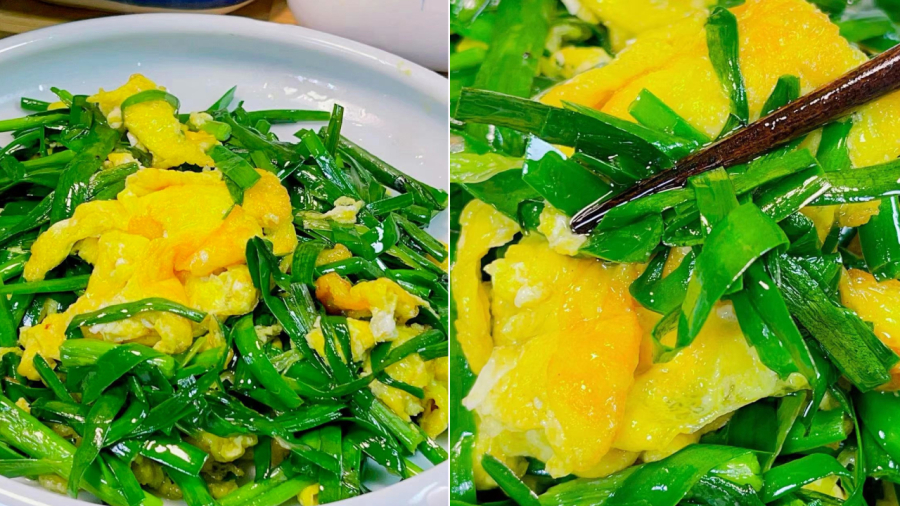
Notes When Consuming Watercress
Watercress has a warm nature, so people who are prone to feel hot should avoid using it. In addition, it can also cause irritation to the digestive system. Therefore, people who are suffering from conditions such as colitis, gastritis should avoid eating this type of vegetable.

























